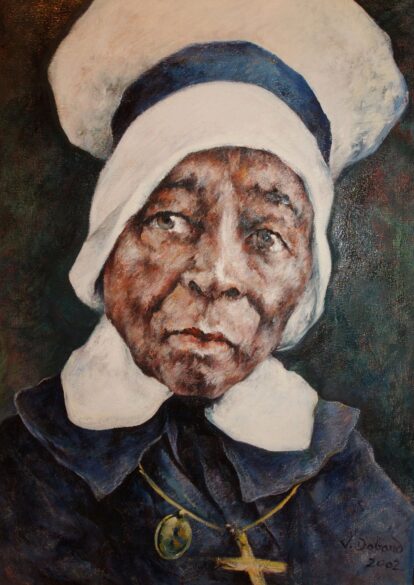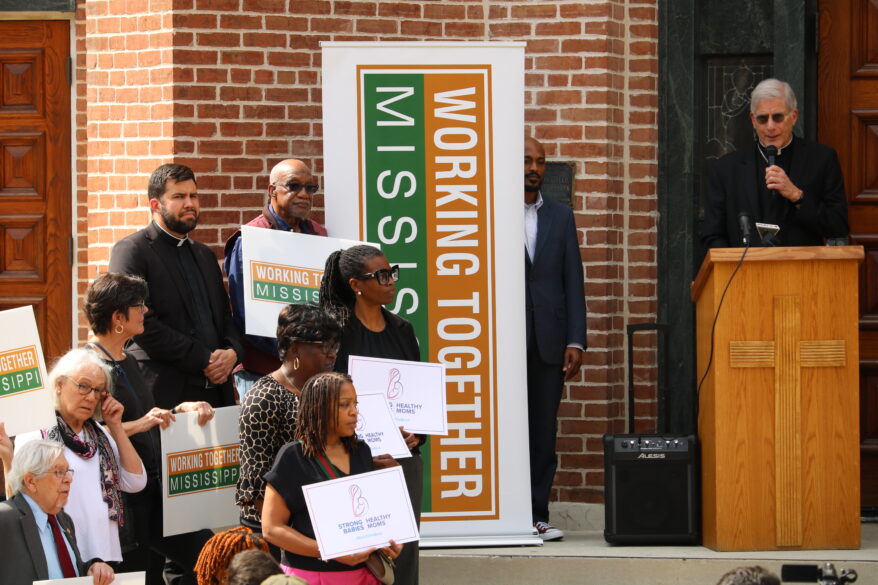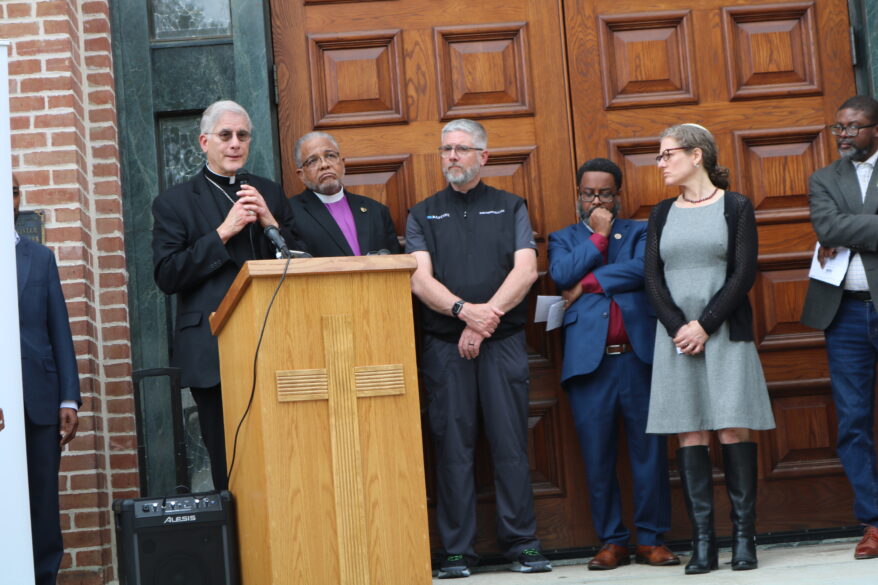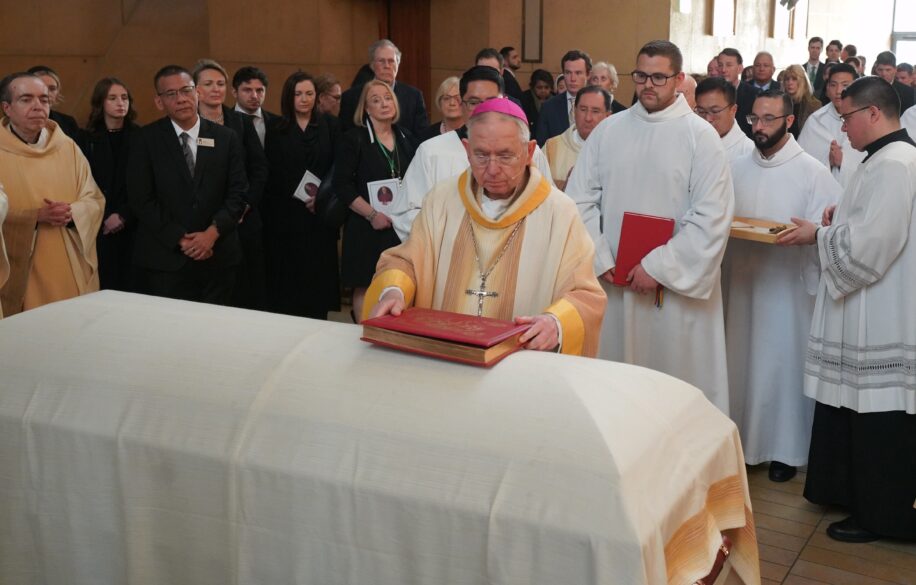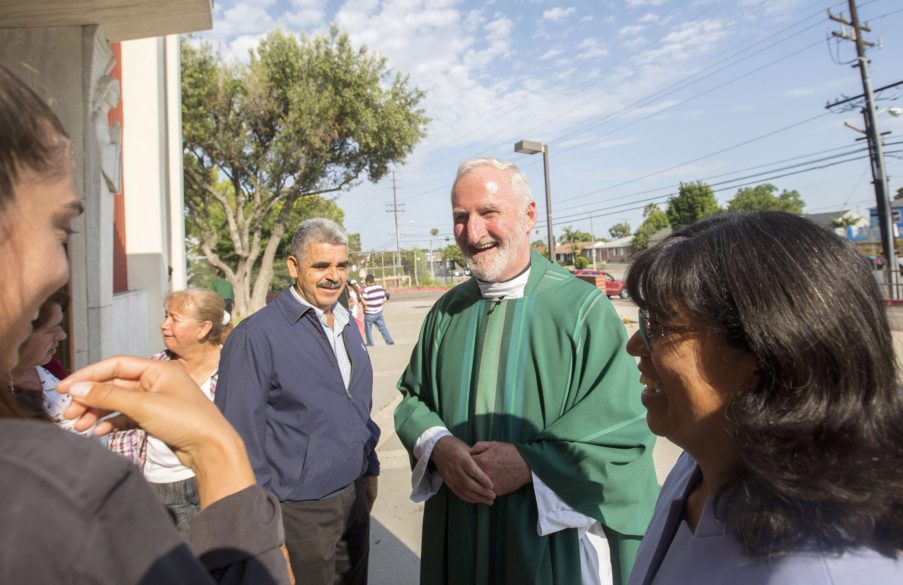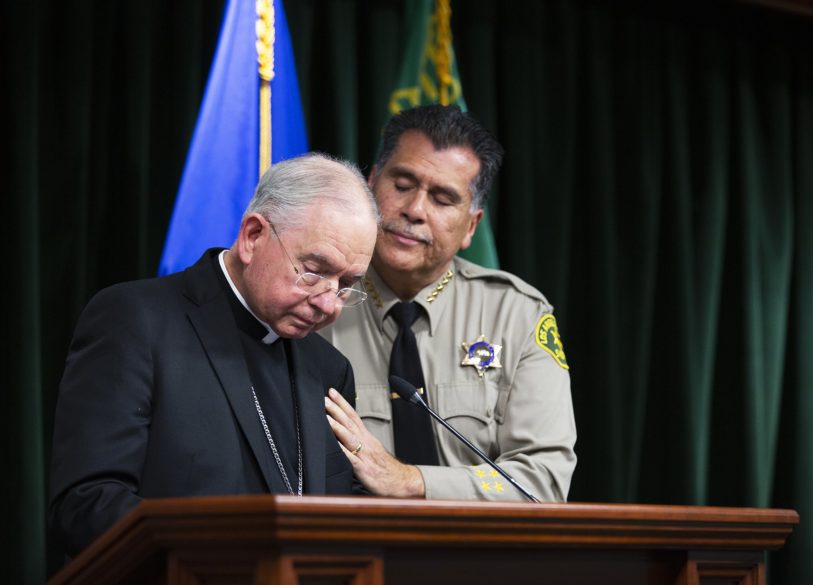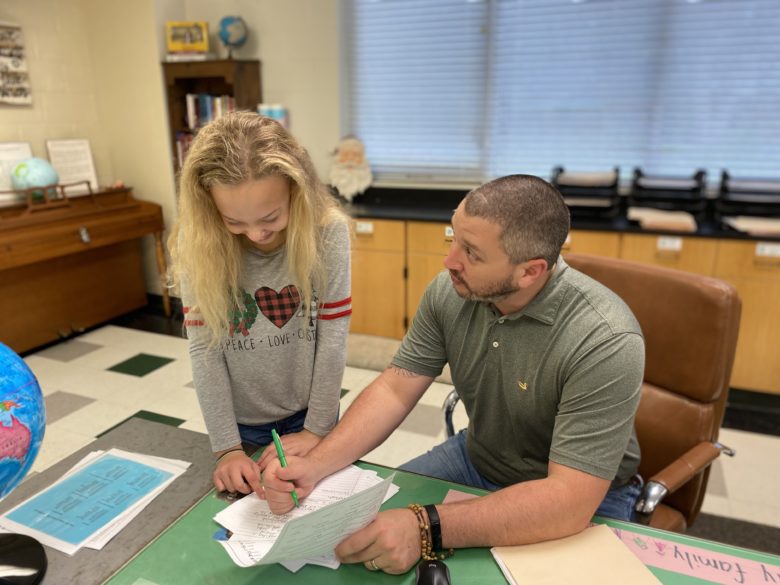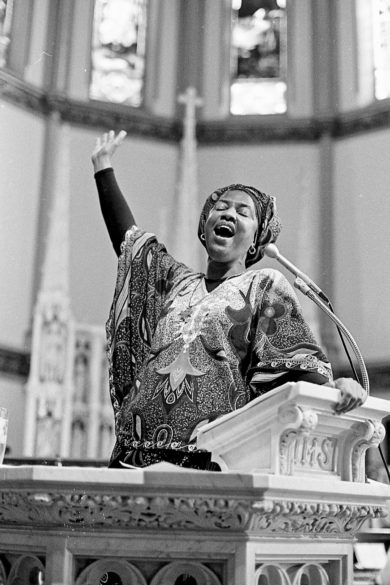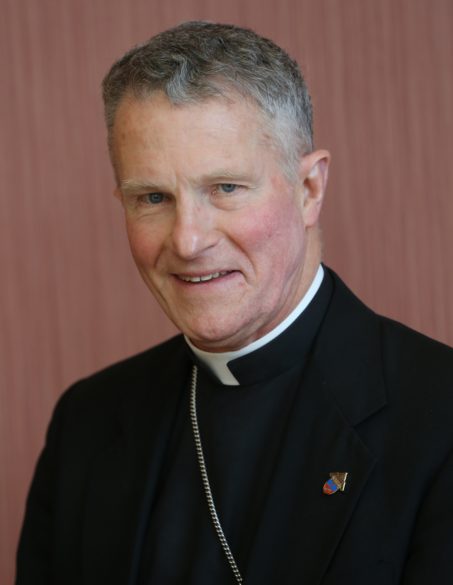NATION
WASHINGTON (OSV News) – Surgical, chemical or other interventions that aim “to exchange” a person’s “sex characteristics” for those of the opposite sex “are not morally justified,” said the U.S. bishops’ doctrine committee in a statement released March 20. “What is of great concern, is the range of technological interventions advocated by many in our society as treatments for what is termed ‘gender dysphoria’ or ‘gender incongruence,’” it said. The statement urged “particular care” be taken “to protect children and adolescents, who are still maturing and who are not capable of providing informed consent” for surgical procedures or treatments such as chemical puberty blockers, which arrest the natural course of puberty and prevent the development of some sex characteristics in the first place.” Technological advances that enable the cure of “many human maladies” today and “promise to cure many more” have “been a great boon to humanity,” but there are “moral limits to technological manipulation of the human body,” it said. “The human person, body and soul, man or woman, has a fundamental order and finality whose integrity must be respected.” The U.S. Conference of Catholic Bishops’ Administrative Committee March 15 approved release of the 14-page statement by the USCCB’s Committee on Doctrine, chaired by Bishop Daniel E. Flores of Brownsville, Texas.
LITTLE ROCK, Ark. (OSV News) – In a legislative development that has drawn concern from both Catholic and labor leaders, Gov. Sarah Huckabee Sanders, R-Ark., signed into law March 8 the Youth Hiring Act of 2023 which eliminates state age verification for children younger than 16 seeking a job. Arkansas law previously stipulated the Arkansas Department of Labor issue an official employment certificate for minors under 16 seeking to work, which included parental or guardian permission, a job description and schedule – measures considered a deterrent to potential child labor law violators. Dennis Lee, diocesan chancellor for administrative affairs, told OSV News the Little Rock Diocese “is concerned about the exploitation of children and youth under the age of 16 to perform dangerous jobs.” He said removing the “reasonable, non-burdensome law” means they will have to rely on enforcement of remaining state and federal laws to protect children. Benjamin Smith, senior child labor specialist at the International Labor Organization, said the law’s removal “only heightens the risk that children will become involved in child labor.” The law’s revision also increases risks to migrant children as parental permissions on file with the state are no longer required. The U.S. Labor Department reports it has 600 ongoing child labor investigations, while witnessing a 69% increase in children illegally employed since 2018. The department called for Congress to take action, noting Feb. 27 “the challenge of child labor exploitation – particularly of migrant children – increases nationwide.”
CHEYENNE, Wyo. (OSV News) – Wyoming became the first state in the nation to specifically ban the use or prescription of abortion pills on March 17. Gov. Mark Gordon, R-Wyo., signed the law with a ruling by a federal judge in Texas still outstanding that could potentially implement a nationwide ban on the drug mifepristone amid a legal challenge brought by pro-life groups. The state’s legislature passed two pieces of legislation in March that would restrict abortion in the state, but the governor allowed the other bill to become law without his signature.
VATICAN
VATICAN CITY (OSV News) – Reflecting on people’s right to remain in their country of origin, share in the common good and live in dignity will be the focus of Pope Francis’ next message for the World Day of Migrants and Refugees. The pope chose “Free to choose whether to migrate or to stay” as the theme for the 2023 world day, which will be celebrated Sept. 24. The Dicastery for Promoting Integral Human Development released the theme of the message March 21. The pope chose this theme to foster “renewed reflection on a right that has not yet been codified at the international level: the right not to have to migrate or, in other words, the right to be able to remain in one’s own land,” the dicastery said in a communique. “The right to remain is older, more deeply rooted and broader than the right to migrate,” the dicastery said. “It includes the possibility of sharing in the common good, the right to live in dignity and to have access to sustainable development.”
VATICAN CITY (CNS) – The faithful must set aside their egos and sense of superiority over others to make room for God and his tender mercy, Pope Francis said at a Lenten penance service. “Only those who are poor in spirit and who are conscious of their need of salvation and forgiveness come into the presence of God,” he said March 17. And those whose hearts are filled with haughty, self-righteous comparisons and judgment, “you will go to hell,” he said in his homily. The pope led the penance service in a Rome parish, rather than St. Peter’s Basilica, to mark the start of the worldwide celebration of “24 Hours for the Lord.” In his homily, the pope talked about the danger of being proud of one’s “religious accomplishments” and believing oneself better than others. “Brothers, sisters, let us remember this: The Lord comes to us when we step back from our presumptuous ego,” the pope said.
WORLD
UNITED NATIONS (OSV News) – It was his first speaking engagement at the United Nations’ headquarters in New York, and Gabriel Cobb, who has Down syndrome, was admittedly “a little nervous.” But it was obviously nothing the 22-year-old Catholic from St. Louis couldn’t handle. “I am Gabriel, God’s messenger,” he told OSV News in a March 17 interview, moments before he was set to address a U.N. gathering of advocates for those with Down syndrome and autism who were discussing the challenges faced by families raising children with different developmental expectations and milestones. Gabriel’s speech highlighted the role his family played in his life. “I have two loving parents who have always kept the ball high,” Gabriel told the U.N. conference hall. Gabriel explained he was a triathlon athlete, which meant he swam, ran and biked all in one race – and not just once, but 10 times. “I have done it, I am a triathlete,” he exclaimed, to loud applause. Gabriel vowed “to continue to … compete” and he thanked the “coaches, family and friends, who have encouraged me to press boundaries.” He said, “I pray that I have given them joy and inspiration. Because, with their help, I have Down syndrome and I have no limitations.”
WARSAW, Poland (OSV News) – Polish church leaders have welcomed renewed calls for the beatification of a popular priest, Father Franciszek Blachnicki (1921-1987), following official confirmation that he was killed by communist secret police agents. “Most Poles still feel a sense of unfulfilled justice, and the murder of priests forms part of this – particularly when attempts to uncover the truth still face impediments,” said Father Piotr Mazurkiewicz, former secretary-general of COMECE, the Commission of the Bishops’ Conferences of the European Union. “If Father Blachnicki is beatified, it will be a sign that the church in Poland remains dynamic and vivacious, even though Western secularizing processes are at work here. For people of faith, it will also show that saints and witnesses are still living among us.” A historian working on the case, Andrzej Grajewski, told Poland’s Catholic Information Agency (KAI) March 17 a married couple, Jolanta and Andrzej Gontarczyk, had “crept skillfully” into Father Blachnicki’s trusted inner circle while working as Interior Ministry agents codenamed “Yon” and “Panna,” and had been named by the Poland’s National Remembrance Institute as prime suspects in his murder.
LONDON (OSV News) – England’s Catholic cardinal has pledged his church’s allegiance to King Charles III ahead of his May 6 coronation, as the new monarch praised the work of faith communities in national life. “For so many years, we have observed your desire and unstinting efforts to explore and enhance the well-being of the entire human family, through your commitment to religious faith, protection of the environment and relief of poverty,” said Cardinal Vincent Nichols of Westminster. “The Catholic community is profoundly supportive of these fundamental concerns, as we strive to offer our society, your kingdom, an education for young people that is rooted in faith and its consequent commitment to human dignity.” The cardinal spoke while heading a 12-member Catholic delegation to a March. 9 ceremony in London’s Buckingham Palace, during which similar pledges were made by the representatives of the Protestant Church of England and Church of Scotland and 27 other Christian denominations, as well as of Jewish communities, royal academies, city guilds and historic universities. Meanwhile, the king paid tribute to the contribution of churches and other associations to the United Kingdom’s “national fabric,” and to advancing mutual knowledge and understanding.

